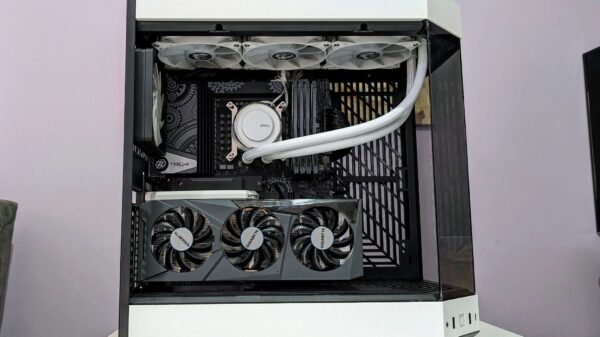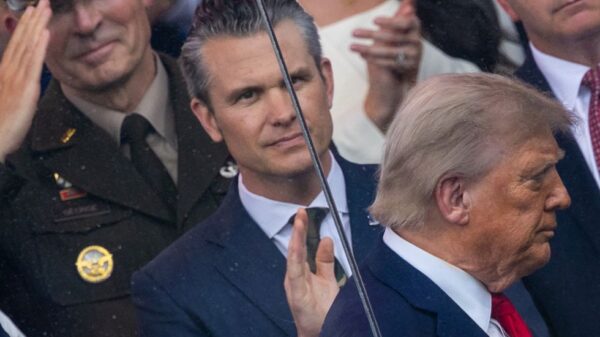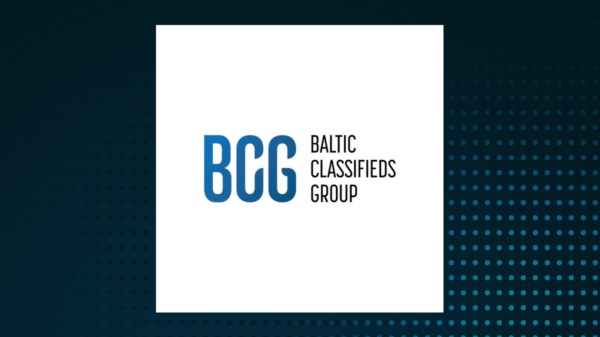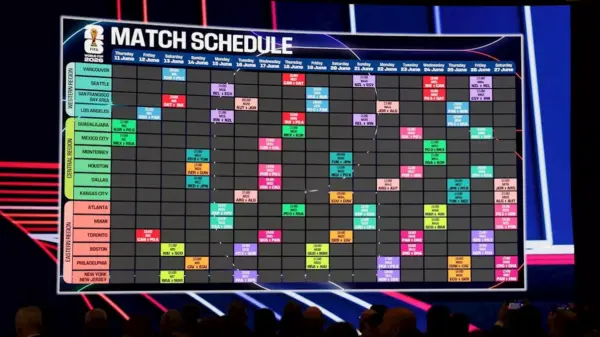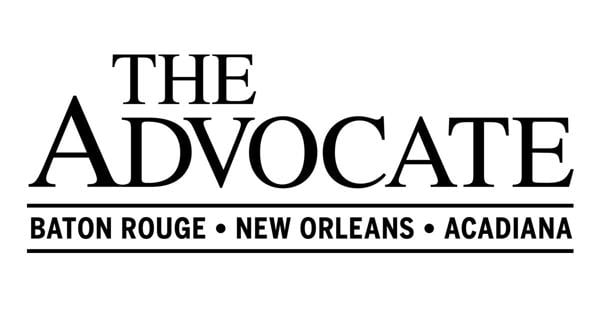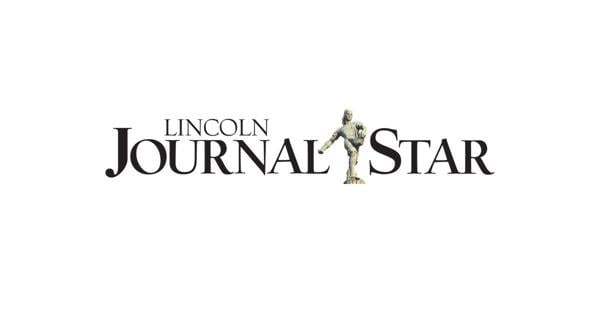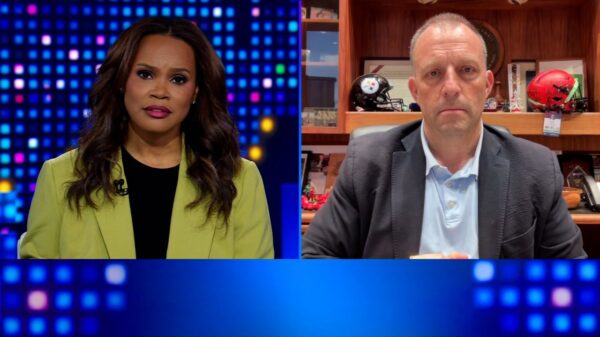The Federal Reserve is grappling with conflicting mandates as it approaches crucial policy decisions this week. The challenge stems from persistent inflation and stagnant employment figures that have left policymakers in a difficult position. With pressure mounting from political figures, including former President Donald Trump, the Fed is tasked with balancing economic growth against inflation control.
Conflicting Economic Signals
Historically, the Federal Reserve’s dual mandate has been to promote maximum employment while stabilizing prices. However, current economic indicators suggest that neither goal is being effectively met. Recent data indicates that economic output is slowing, while employment growth has plateaued. For many, particularly those aligned with Keynesian principles, the solution lies in increasing the money supply to reduce short-term interest rates.
Despite the calls for monetary easing, inflation remains a pressing concern. The Producer Price Index (PPI) for August 2024 showed a slight decrease of 0.05% from July but an annual increase of 2.7%. While some may view this as a sign of low inflation, deeper analysis reveals more troubling trends. When examining the PPI over recent months, annualized rates spiked to 4.1%, 6%, and 4.8%, indicating a more complex inflation landscape.
Further complicating matters, the Consumer Price Index (CPI) data released on Thursday reflected a year-over-year increase of 2.9%, up from 2.7% in July. The annualized rate from July to August was significantly higher at 4.7%, raising alarms among analysts. Core CPI, which excludes volatile food and energy prices, also indicated a persistent inflation issue, with increases hovering around 3.1% compared to August 2024.
Policy Implications and Historical Context
The specter of stagflation—the combination of stagnant economic growth and high inflation—has resurfaced, echoing the economic challenges of the late 1970s. The initial motivations behind the Full Employment and Balanced Growth Act, drafted by Senator Hubert Humphrey and Representative Augustus Hawkins, may have overlooked the complexities of managing dual mandates. They assumed that policymakers could address either inflation or unemployment but not both simultaneously.
In the current climate, the Federal Reserve faces immense pressure from the White House to pursue aggressive monetary policy, pushing for lower interest rates to stimulate the economy. This demand is at odds with the need to control inflation, creating a precarious balancing act for Chair Jerome Powell and his colleagues.
As the Fed prepares for a potential quarter-point cut in interest rates next week, the long-term implications remain uncertain. While there are indications of a slowing job market, particularly affecting younger workers and those without higher education, the overarching concern remains inflationary pressures that show no signs of abating.
The historical lessons are clear: a central bank cannot effectively serve two masters. The complexities of the current economic environment require decisive action, even in the face of potential backlash from political leaders and market participants. The task ahead for the Federal Reserve is not only to navigate these conflicting pressures but also to ensure that its policies promote sustainable economic growth while controlling inflation. The stakes are high, and the path forward will demand careful consideration and strategic foresight.


